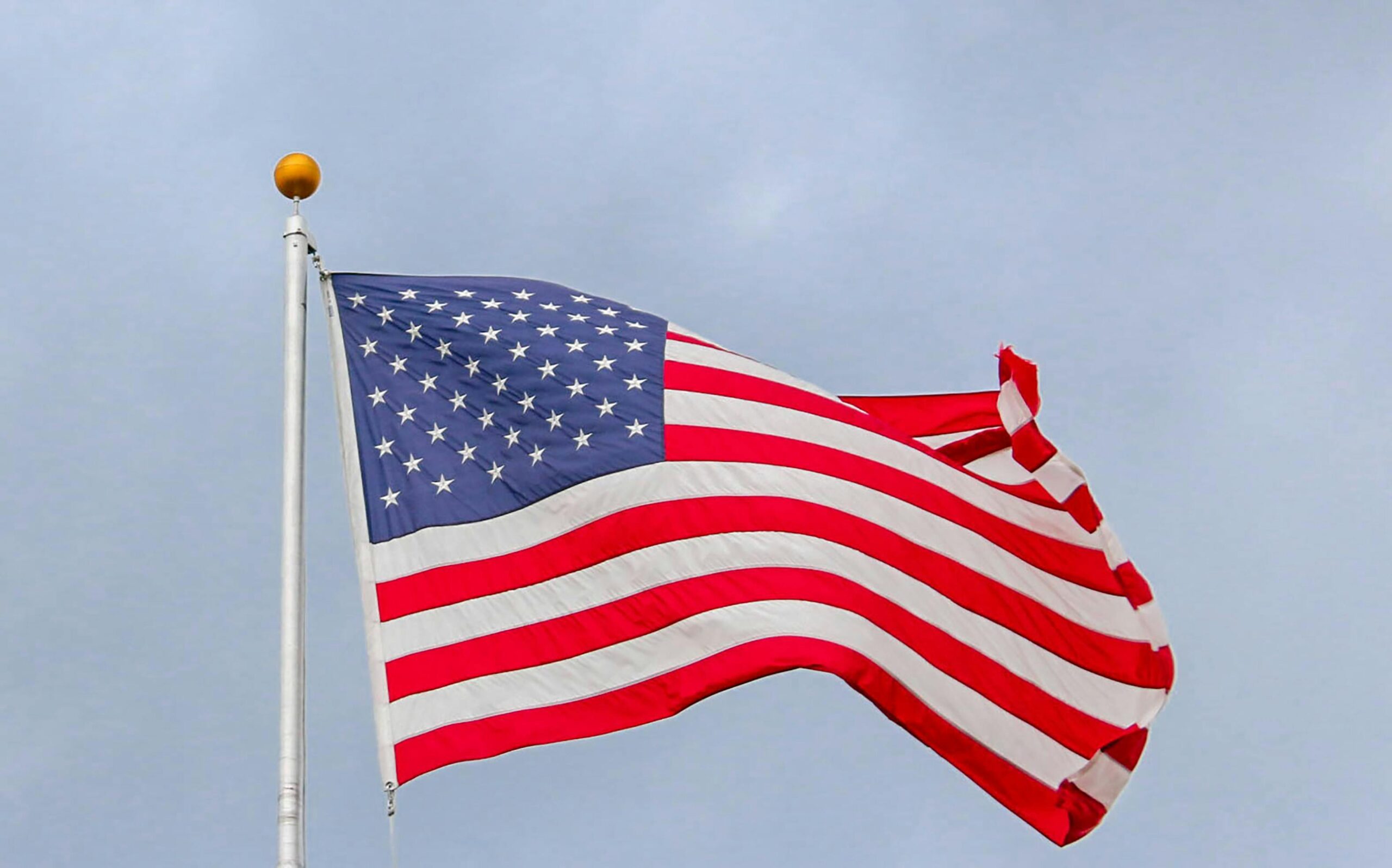The Republican Party, a central pillar of American political life, has undergone a profound evolution since its inception. From its origins in the mid-19th century, shaped by the ideals of Abraham Lincoln, to its complex and dynamic role in the 21st century, the party’s journey reflects broader shifts in American society, ideology, and politics.
The Founding and Early Years
The Republican Party was founded in 1854 as a response to the growing national division over slavery. Emerging from a coalition of former Whigs, Free Soilers, and anti-slavery Democrats, the party quickly established itself as a progressive force. Abraham Lincoln, the party’s first successful presidential candidate, exemplified its core principles of opposition to slavery and advocacy for a strong, unified Union. His election in 1860 marked a pivotal moment, leading to the American Civil War and setting the stage for the Republican Party’s early legacy of emancipation and national preservation.
Reconstruction and the Gilded Age
Following Lincoln’s assassination, the Republican Party continued to play a significant role during the Reconstruction era. Its commitment to civil rights and rebuilding the South was instrumental in passing the 13th, 14th, and 15th Amendments, which abolished slavery and established citizenship and voting rights for African Americans. However, the Gilded Age saw the party grappling with political corruption and economic inequality. While still championing industrialization and economic growth, the party began to face criticism for its perceived alignment with big business and its failure to address social issues adequately.
The Progressive Era and New Deal Opposition
The early 20th century brought significant shifts. The Progressive Era, with leaders like Theodore Roosevelt, introduced reforms aimed at addressing social and economic injustices. Roosevelt’s “Bull Moose” Party, a splinter from the Republicans, highlighted internal tensions regarding reform and conservatism. By the time of the Great Depression, the Republican Party’s opposition to the New Deal policies of Franklin D. Roosevelt became a defining feature of its platform. The party’s resistance to expansive government intervention reflected its commitment to limited government and free-market principles.
The Reagan Revolution
The late 20th century witnessed a dramatic realignment under Ronald Reagan, who redefined the party’s ideological landscape. Reagan’s presidency marked the rise of conservative principles, emphasizing tax cuts, deregulation, and a robust anti-communist stance. The “Reagan Revolution” not only solidified the Republican Party’s conservative base but also reshaped American political discourse, influencing the party’s approach to economic and foreign policy. Reagan’s legacy endures as a symbol of conservative ideology and a benchmark for Republican leaders.
The Modern Era: Challenges and Transformations
Entering the 21st century, the Republican Party has faced significant challenges and transformations. The 2008 financial crisis and the rise of the Tea Party movement introduced new dynamics, reflecting grassroots discontent with the status quo and advocating for reduced government spending and intervention. The election of Donald Trump in 2016 further polarized the party, introducing populist and nationalist elements that diverged from traditional conservative orthodoxy. Trump’s presidency marked a period of intense debate over the party’s identity, values, and future direction.
In recent years, the Republican Party has been navigating a complex landscape characterized by internal divisions, shifting demographics, and evolving political priorities. The party’s approach to issues such as immigration, healthcare, and climate change has sparked debate and reflection. The rise of new political figures and movements within the party continues to shape its trajectory, as it seeks to balance its historical legacy with contemporary challenges.
Conclusion
The evolution of the Republican Party from Lincoln to the 21st century illustrates a complex and multifaceted journey. From its origins as an anti-slavery party to its current role in a polarized political environment, the party has continually adapted to the changing tides of American politics. Its history reflects broader trends in American society and offers insights into the ongoing debates about the future of conservative politics. As the party moves forward, its ability to navigate these challenges will shape its role in the American political landscape for years to come.













Recent Comments